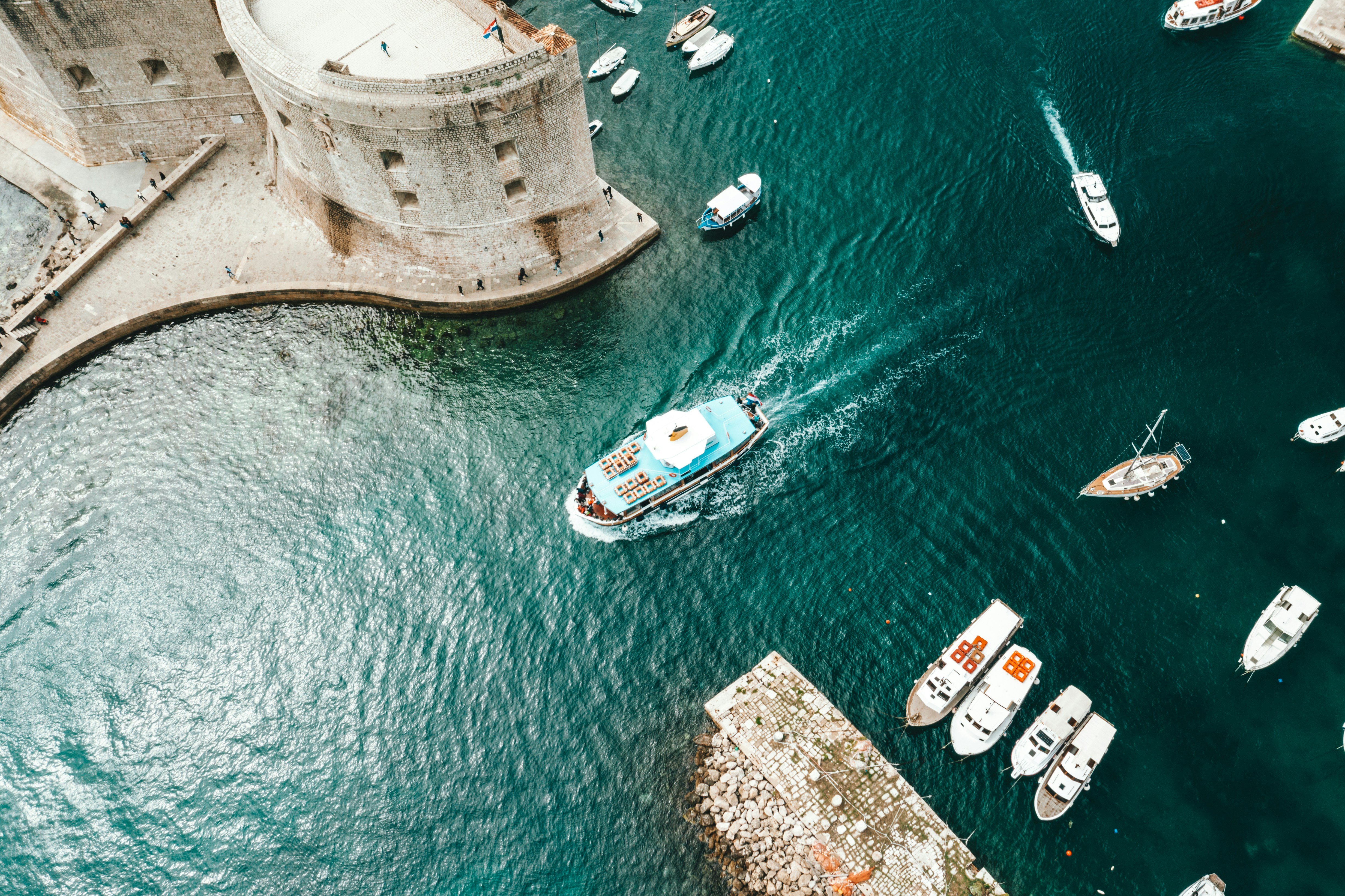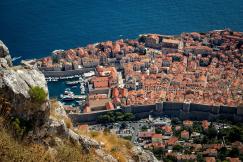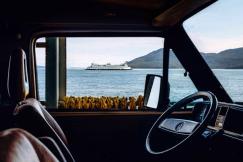Policy
24 June 2025
2026 cruise berthing regulations – Dubrovnik Port Authority
Policy
24 June 2025
Coastal, maritime and inland water tourism
Governance of tourism destinations
Sustainable mobility
+1 more
Login / create an account to be able to react
-
1 view

Dubrovnik Port Authority’s 2026 Cruise Berthing Policy sets structured booking rules to manage tourism sustainably and limit visitor numbers to protect the city’s heritage.
Dubrovnik Port Authority
Topics
Croatia
Academic / Research and VET Institutions
Company with 250 or more employees
Consumer Organisations
Cultural and Heritage Organisations
Destination Management & Marketing Organisations
EU Institutions
Financial Institutions and Investors
Industry Associations and Chambers of Commerce
International Organisations
Local Authorities
Media / Journalist Organisations
National authorities
Networks and Federations / Confederations
NGOs / Non-profits
Regional Authorities
SMEs (a company with less than 250 employees)
Trade Unions
-
Specific types of tourism
-
-
Coastal, maritime and inland water tourism
-
-
Transition Pathway Strategic Areas
-
-
Governance of tourism destinations
-
Sustainable mobility
-
-
Business activities
-
-
Water (sea, coastal and inland) passenger transport
-
Share
The Cruise Ship Berthing Policy for 2026, published by the Dubrovnik Port Authority on 29 July 2024, outlines the booking and confirmation process for cruise ship berths at the Port of Dubrovnik. The policy aims to manage cruise ship traffic in a structured and sustainable manner while protecting the cultural and environmental integrity of Dubrovnik. It introduces a two-phase schedule submission system, and prioritises vessels based on criteria such as turnaround operations, passenger volume, and visit timing. To manage tourism flow and protect heritage, the document limits simultaneous cruise visitors to 4,000 and sets minimum stay durations based on ship capacity. Vessels carrying 500 or fewer passengers are exempt from certain rules, and berth assignments follow a first-come, first-served principle, with alternatives offered when conflicts arise.
To explore the policy document in detail, follow the attached link on the left-hand side of the platform.
#Mobility #Sustainable tourism #Cultural preservation
Comments (0)
Related content
See also
-
28
European Commission's Communication on Sustainable and Smart Mobility Strategy
- Categories
- Coastal, maritime and inland water tourism Cultural tourism Ecotourism +20 more
-
28
European Commission’s Communication on creation of a common European mobility data space
- Categories
- Coastal, maritime and inland water tourism Cultural tourism Ecotourism +19 more
-
3
Strengthening Europe's single market for recovery
- Categories
- Coastal, maritime and inland water tourism Cultural tourism Ecotourism +41 more






